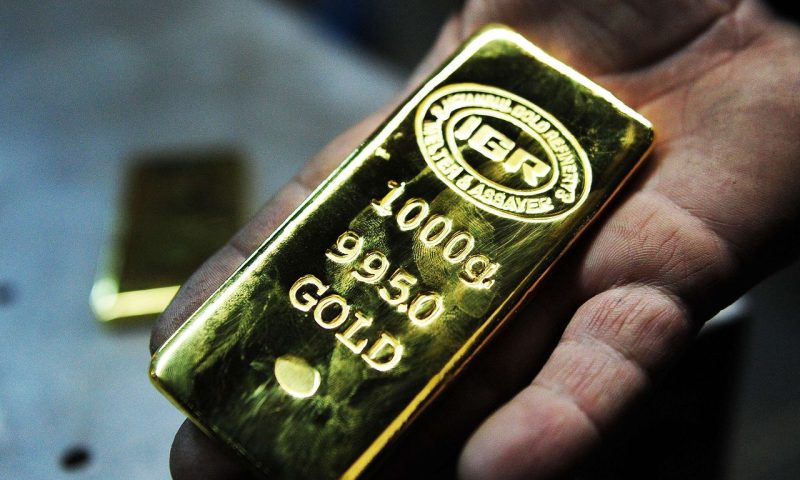Copper, silver futures post losses for the session
Gold futures gave up early losses on Tuesday to finish back above $2,000 an ounce after settling below that key mark for the past two trading sessions.
Strength in the U.S. dollar had pressured dollar-denominated prices of gold in early dealings, analysts said. Investors will look to this week’s U.S. economic data for hints on the Federal Reserve’s plan for interest rates.
Price action
Market drivers
“While it doesn’t always take a crisis to push gold prices higher, breaching the $2,000 mark has so far needed a global pandemic, the worst conflict in Europe since [World War 2], and a mini-crash in Western banking stocks,” Adrian Ash, director of research at BullionVault, told MarketWatch.
What’s different this time is that speculative interest from Comex and exchange-traded fund bulls remains muted, he said. “That leaves plenty of room for hot-money inflows to drive prices higher when the next crisis shows up.”
At the same time, the physical floor for prices has “steadily kept rising, with strong demand from gold No.1 consumer China adding to the relentless bid from emerging-market central banks,” said Ash.
Still, gold futures had traded mostly lower early Tuesday, with prices for the precious metal weighed down by strength in the U.S. dollar. The ICE U.S. Dollar Index traded up by 0.6% in Tuesday dealings.
A stronger dollar can weigh on demand for commodities priced in the unit, making them more expensive to users of other currencies.
Gold “remains trapped within a sticky range thanks to the ongoing uncertainty over the Fed’s next move beyond May. With markets now expecting U.S. rates to peak in the summer and a rate cut by December, gold has the thumbs-up to push higher in the longer term,” said Lukman Otunuga, senior research analyst at FXTM, in a note.
The Federal Reserve’s next policy meeting is on May 2-3.
“Meanwhile, volatility could be the name of the game due to shifting expectations around future Fed policy moves,” he wrote.
U.S. economic data this week include March durable-goods orders on Wednesday, first-quarter GDP Thursday, and the personal consumption expenditure price index for March, the Fed’s favorite inflation indicator due on Friday.
“If this week’s U.S. data or next Wednesday’s Fed decision challenge the consensus forecast that rate cuts will start in the summer, gold is more likely to fall than set a fresh high against the dollar,” said BullionVault’s Ash.
Monthly U.S. employment data will be released on May 5 after the next Fed policy meeting.
“Should job numbers particularly show that higher rates in the United States are having a detrimental impact on the employment sector, sensitivity will increase that the Fed will not be able to hold interest rate policy at such levels — even if some Fed speakers suggest otherwise in their comments,” Jameel Ahmad, chief analyst at CompreBroker.io , wrote in emailed commentary.

